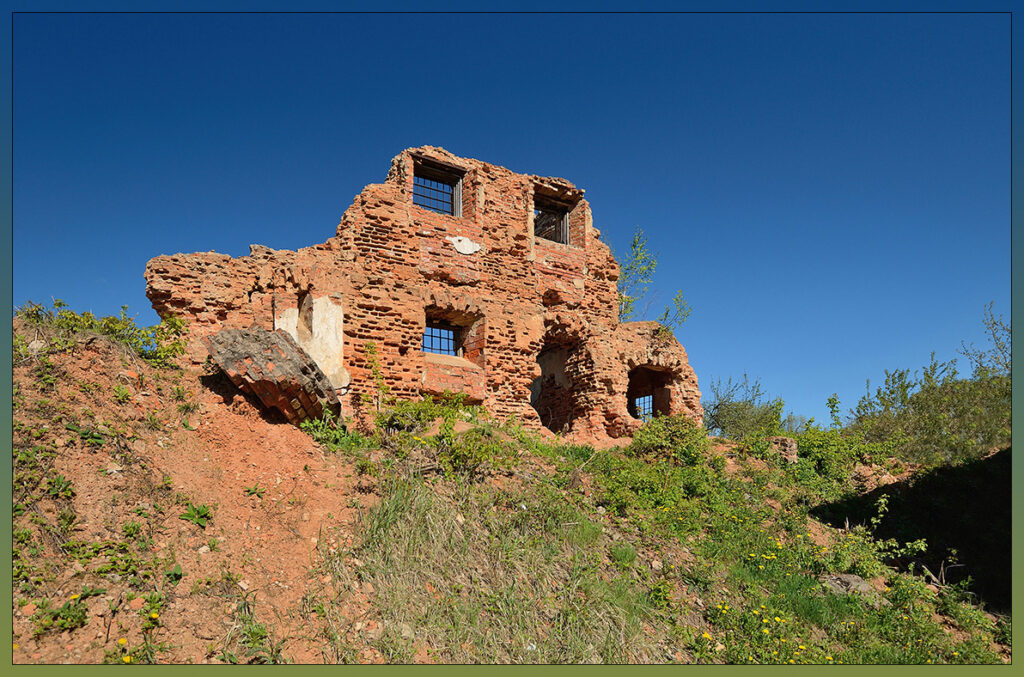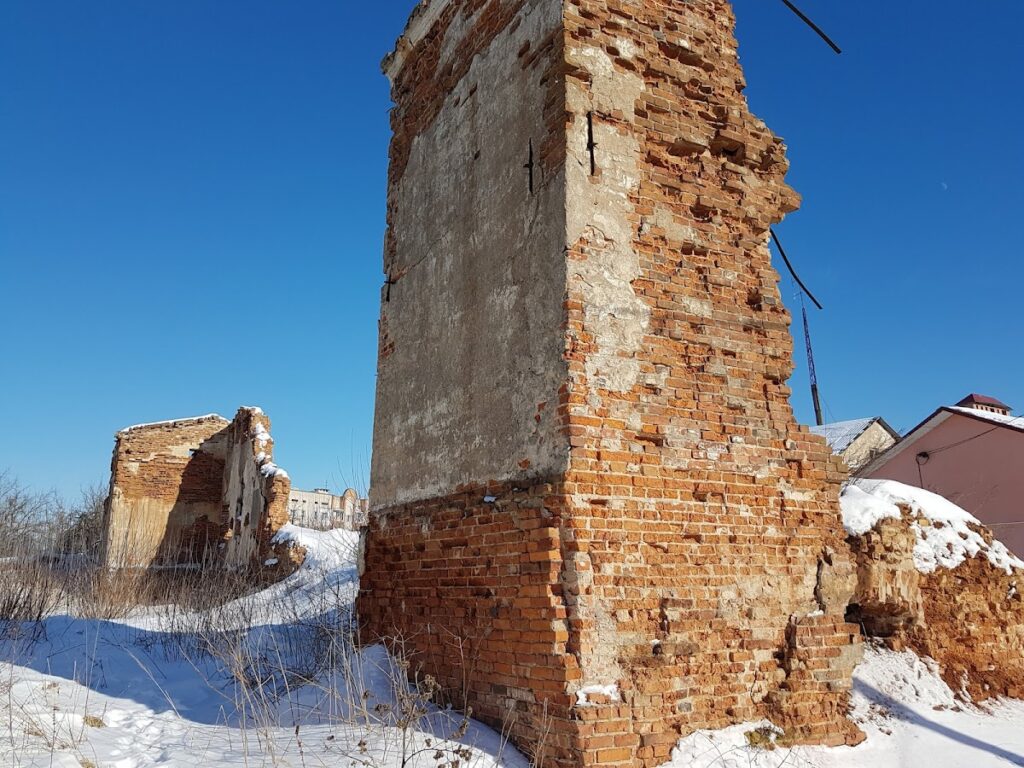Barysaŭ Castle: A Historic Fortress in Belarus
Visitor Information
Google Rating: 4.1
Popularity: Low
Google Maps: View on Google Maps
Country: Belarus
Civilization: Unclassified
Remains: Military
History
Barysaŭ Castle is located in the town of Barysaw within the modern boundaries of Belarus. It was originally established by the forces of the Grand Duchy of Lithuania during the late 12th or early 13th century, coinciding with the town’s relocation along the Berezina River.
The castle’s earliest phase began as a wooden and earth fortification constructed on a strategic island formed by the river’s old channels. This position controlled vital waterways connecting the Baltic Sea to the Black Sea, as well as important land routes toward the Grand Duchy’s core territories. From the 13th century onward, Barysaŭ Castle played a prominent defensive and administrative role as regional power shifted, particularly amid recurring conflicts between the Polish-Lithuanian Commonwealth and the Tsardom of Russia.
Throughout the 16th century, the fortress endured numerous military engagements. It notably withstood sieges in 1514 and during the protracted Livonian War, which lasted from 1558 to 1583. During this latter conflict, the castle maintained a permanent garrison, reflecting its importance as a stronghold on the eastern frontier. However, in 1655, amid renewed warfare, Russian forces succeeded in capturing and burning the castle after lengthy combat.
Following the destruction, Tsar Alexei Mikhailovich ordered a swift rebuilding effort. Local peasants were employed to restore the fortress by 1657, enhancing it with four walls reinforced by sand, a secret water passage to the Berezina River, a well, and various wooden buildings used primarily to store grain. This reconstruction phase reinforced Barysaŭ Castle’s function not only as a defensive bastion but also as a logistical base, housing weapons, military equipment, food supplies, and significant stores of gunpowder and lead. These supplies were crucial for nearby military operations, with shipments dispatched onward to key Russian cities, including Smolensk and Moscow in 1660.
Despite such fortifications, the castle came under siege again during the winter spanning 1661 to 1662, this time by Lithuanian troops. After enduring a year-long blockade, the depleted garrison eventually abandoned the fortress. Nevertheless, by the late 17th century, Barysaŭ Castle was restored once more and continued to be maintained in good condition until the final decades of the 18th century.
In the following century, the medieval wooden and earth works fell into ruin. In their place, a two-story stone prison castle was constructed on the site. This new structure was encircled by a stone wall and functioned as a detention facility until the mid-20th century. The prison suffered significant damage during the Polish-Soviet War in 1920 but remnants of its brick walls and surrounding defenses still endure.
More recently, plans have been proposed to preserve and develop the site as part of a state-supported initiative, aiming to protect and promote important historical castles throughout Belarus between 2013 and 2017.
Remains
Barysaŭ Castle was originally situated on an island measuring approximately two hectares, shaped by the Berezina River’s ancient river courses. The fortress was surrounded by a wide water moat sustained by both the Berezina and its tributary, the Prileya. Encircling the island was a high earthen embankment topped with wooden palisades and towers, providing a formidable defensive barrier.
By the middle of the 17th century, the castle’s layout had an oval form, which included a southern wall featuring a projecting redan—a fortified angular structure designed to improve defensive coverage. An outer fortification was positioned to the east, separated from the main enclosure by an additional wide moat filled with water. This outer section housed an Orthodox church, underscoring the presence of religious life within the fortress precincts.
Historical descriptions from 1593 mention a wooden bridge extending roughly 200 sazhen in length (nearly 426 meters), facilitating passage over the Berezina River toward Minsk. Such infrastructure was vital for maintaining communication and transport.
Further defensive enhancements were made in the mid-17th century, when five bastions were constructed. Bastions are projecting parts of a fortification allowing defenders to fire along adjacent walls. The earthen ramparts were reinforced on the exterior with double-layered pine log walls reaching over 3.5 arshins in height (approximately 2.5 meters). These wooden fortifications incorporated embrasures—openings designed for firing weapons—that allowed soldiers to cover broad angles when defending the castle.
Archaeological investigations and historical reconstructions have revealed remains of the castle’s wooden walls and towers erected atop the earthen ramparts, as well as a gatehouse structure. However, by the late 18th century, detailed plans no longer marked the external fortifications, indicating the gradual decline of the medieval defenses; only internal buildings within the castle grounds remained prominent on maps.
In the 19th century, a new brick prison castle was built directly on the site of the earlier fortifications. Constructed of red brick and enclosed by a stone wall, this prison complex replaced the deteriorated wooden-earth fortifications. Some portions of the brick fence and remnants of the prison buildings survive today, along with water-filled moats that continue to outline the site’s historic perimeter.
The northern moat has been mostly filled in, primarily due to modern construction activities, including the installation of a pedestrian bridge and nearby residential development. Adjacent to the castle remains are vestiges of Russian military fortifications dating from 1812 to 1813, such as the tet-de-pont (bridgehead defenses) and various artillery batteries, linking the site to later historical conflicts in the region.




